In the murky waters of America’s southeastern wetlands, an ancient ritual unfolds each spring with increasing intensity. Alligator mating season, a time when these prehistoric predators become particularly active and territorial, has evolved into a more precarious period for both humans and wildlife. Climate change, habitat encroachment, and shifting ecological patterns have amplified the dangers associated with this natural reproductive cycle. As human populations expand into traditional alligator territories and environmental factors alter these reptiles’ behaviors, understanding the escalating risks of alligator mating season has never been more crucial for public safety and conservation efforts.
The Timing and Biology of Alligator Mating Season
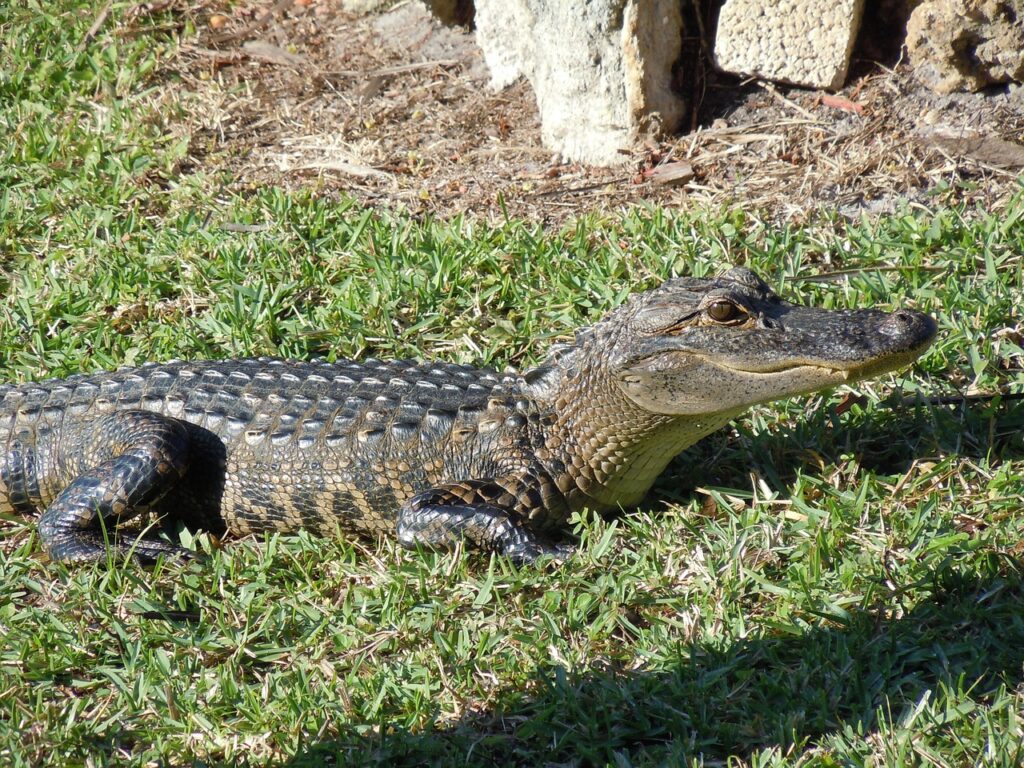
Alligator mating season typically begins in early April and extends through June, coinciding with warming temperatures that trigger hormonal changes in these cold-blooded reptiles. Male alligators initiate the season with bellowing calls—deep, resonant rumbles that can be heard up to a mile away—to attract females and warn competing males of their presence. During this period, testosterone levels in males surge dramatically, increasing by up to 200% compared to their off-season levels. Females become receptive only during a short window within this season, creating intense competition among males and driving much of the aggressive behavior that makes this time particularly dangerous. This biological imperative transforms even normally reclusive alligators into more visible, active, and potentially confrontational creatures.
Climate Change’s Impact on Mating Behaviors
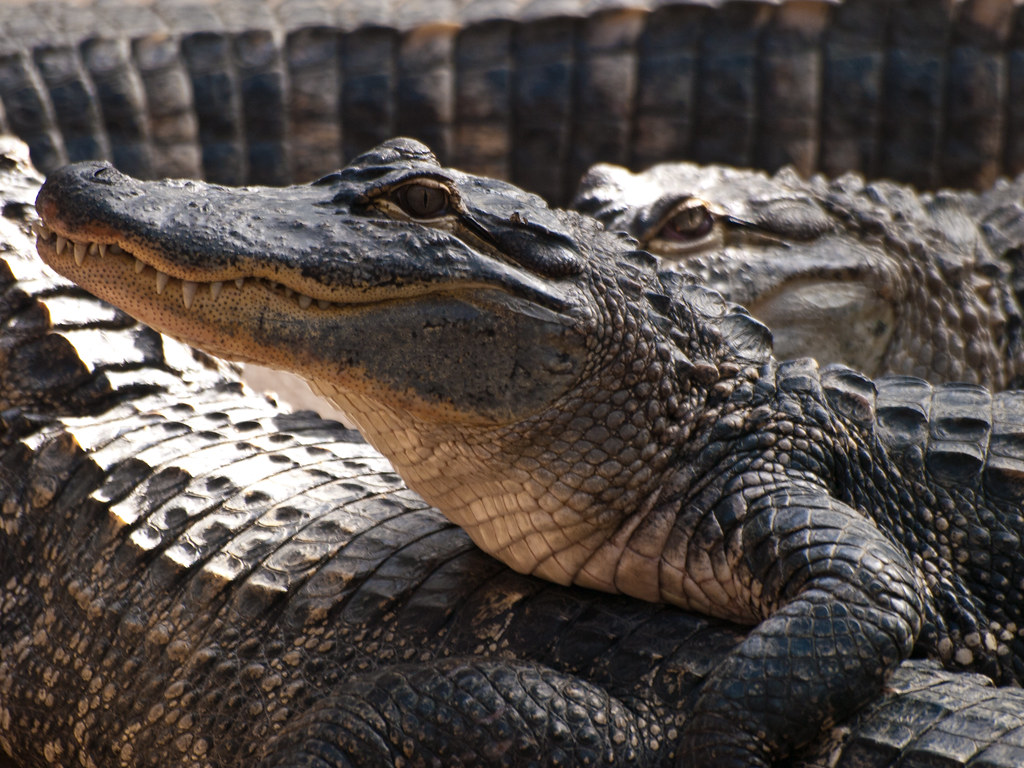
Climate change has significantly altered traditional alligator mating patterns, extending the breeding season and intensifying territorial behaviors. Rising temperatures have shifted the timing of mating season, with some regions reporting breeding behaviors beginning up to three weeks earlier than historical records indicate. Warmer winters fail to provide the cooling period that typically moderates alligator metabolism, resulting in more energetic and aggressive alligators entering the mating season. Additionally, changing rainfall patterns have disrupted water levels in many habitats, forcing alligators to travel farther in search of suitable mates and nesting sites, increasing the likelihood of human encounters. These climate-induced behavioral changes create less predictable patterns, making it harder for wildlife authorities to anticipate and manage potential conflict zones.
Increased Human-Alligator Proximity
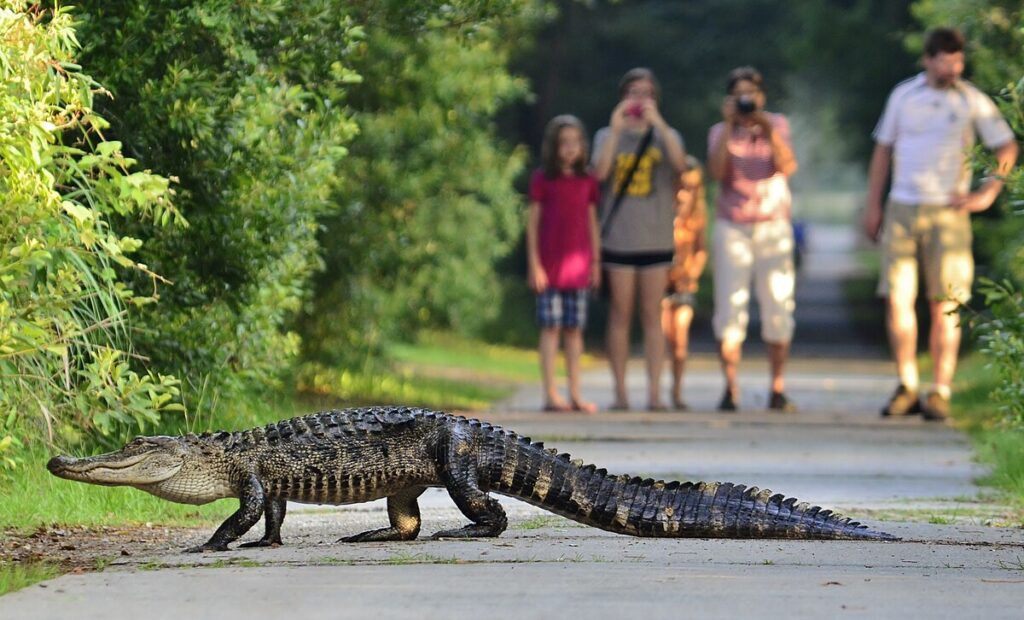
Urban expansion into wetland areas has dramatically increased the frequency of human-alligator encounters during mating season. Residential developments adjacent to lakes, golf courses, and conservation areas place people in direct proximity to alligator territories precisely when these reptiles are most territorial. Statistics from Florida’s Fish and Wildlife Conservation Commission show a 67% increase in alligator-related incident reports during mating season over the past decade, correlating directly with development in previously uninhabited wetland regions. Recreational activities like kayaking, fishing, and hiking peak during spring months, coinciding unfortunately with peak alligator activity. The combination of increased human presence and heightened alligator aggression during mating season creates a perfect storm for potentially dangerous interactions that were much less common in previous decades.
Male Territorial Aggression
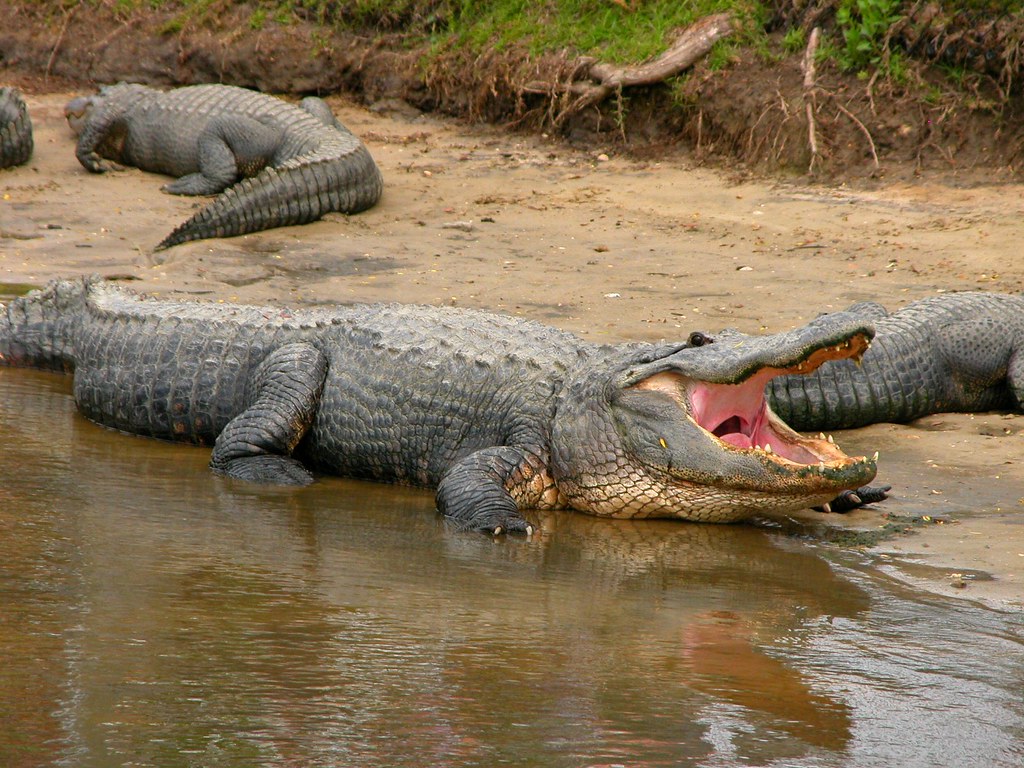
Male alligators display remarkably intensified territorial behaviors during mating season, transforming ordinarily cautious creatures into aggressive defenders of their domain. Dominant males establish breeding territories spanning up to two miles of shoreline, actively patrolling these areas and confronting any perceived intruders with increasingly little hesitation. These territorial displays include head-slapping against the water surface, hissing, and charging behaviors that can escalate quickly to physical confrontation. Wildlife researchers have documented a 40% increase in male-to-male combat incidents during recent mating seasons compared to historical averages. This heightened aggression doesn’t discriminate between other alligators and human intruders, making unwitting encounters particularly dangerous for people who may not recognize the warning signs of an agitated territorial male.
Altered Feeding Patterns During Breeding Season
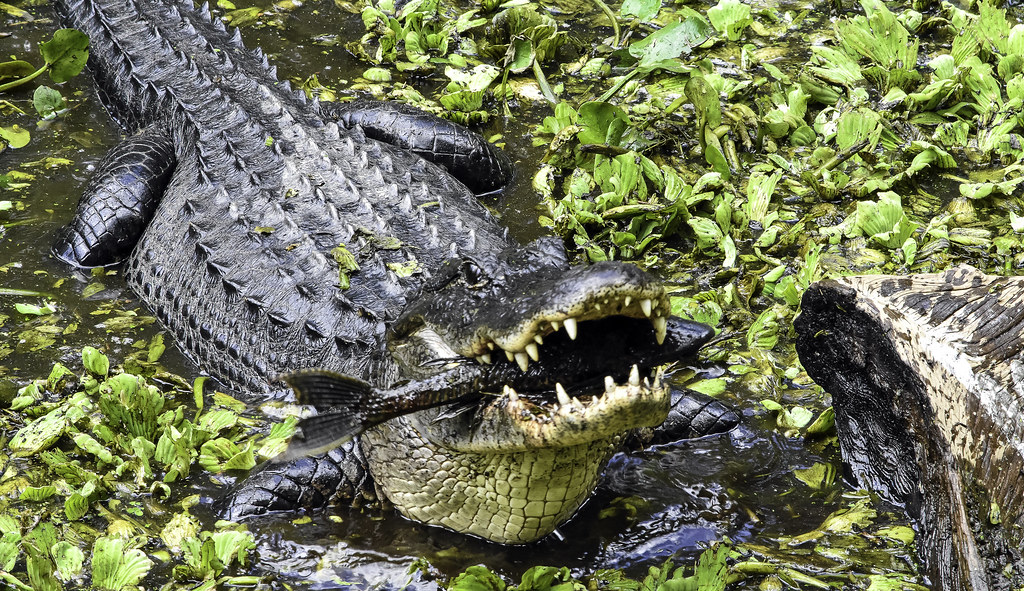
Alligator feeding behaviors undergo significant changes during mating season, contributing to increased danger for humans and pets. Males often reduce their normal feeding frequency while searching for mates, then compensate with more aggressive hunting once breeding concludes, creating unpredictable predatory patterns. Female alligators increase their food intake by approximately 25% before egg-laying to build necessary energy reserves, making them more active hunters during this period.
These shifting feeding patterns coincide with more frequent excursions beyond their typical hunting grounds, bringing hungry alligators into areas where they might encounter humans. The combination of hunger, territorial imperative, and reproductive drive makes alligators less predictable and potentially more dangerous during these seasonal transitions.
The Danger to Pets and Small Children
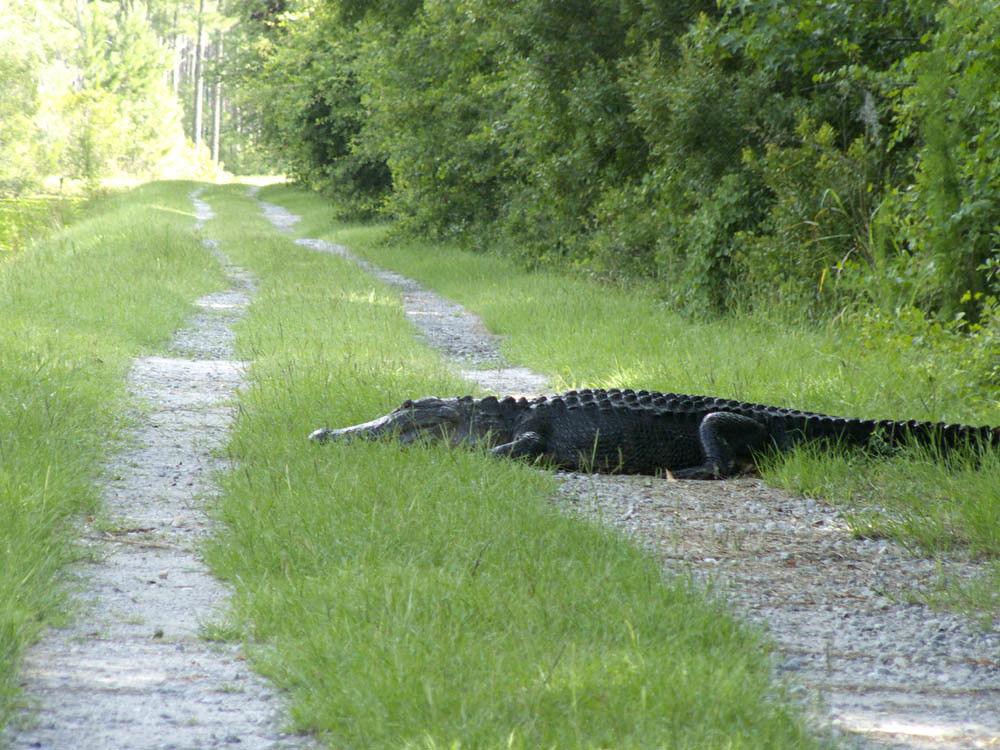
Small children and pets face particularly elevated risks during alligator mating season due to their size and behaviors. Alligators naturally prey on smaller animals, and their instinctual response to quick movements and high-pitched sounds—characteristic of both children and pets—can trigger predatory responses. Emergency veterinary clinics in Florida report a 73% increase in alligator-related pet injuries during mating season months compared to the rest of the year. Children under 5 feet tall present a similar profile to the natural prey of alligators, especially when near shorelines where alligators often hunt. These dangers are compounded by the fact that small children and unleashed pets may not recognize warning signs of alligator presence or territorial displays, approaching too close before adults can intervene.
Nesting Female Aggression
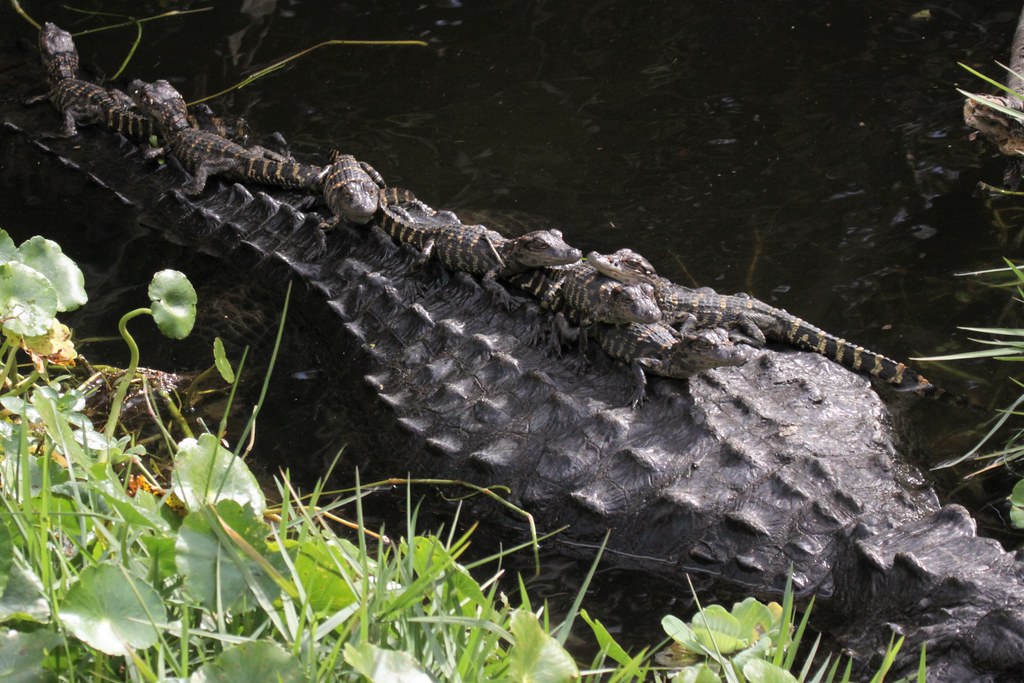
Following mating season, female alligators enter an equally dangerous nesting phase that extends the period of heightened alligator aggression well into summer months. Females construct large vegetation mounds as nests, typically located within 50 feet of water but sometimes in surprisingly accessible locations. Mother alligators display extraordinary protective behaviors around these nests, responding aggressively to any perceived threats within a radius of up to 50 yards.
This maternal aggression often exceeds male territorial behavior in its intensity and persistence, with females remaining vigilant defenders for approximately 65 days until eggs hatch. Wildlife officials document dozens of cases annually of people accidentally encountering nesting females while hiking, photographing wildlife, or simply walking through areas they didn’t realize contained alligator nests, resulting in rapid defensive responses from the protective mothers.
Increased Alligator Mobility and Range
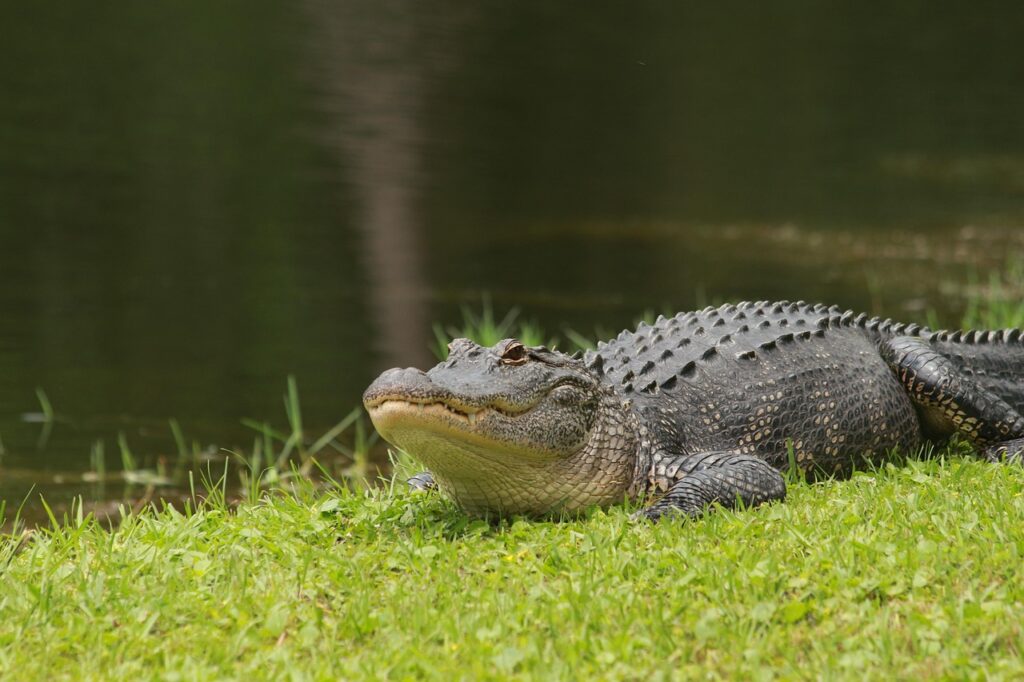
During mating season, alligators dramatically extend their typical movement patterns, traveling distances that significantly increase the probability of human encounters. Males have been documented traveling up to 10 miles in search of mates, often crossing roads, entering residential areas, and appearing in locations with no previous alligator sightings. Satellite tracking studies have revealed that alligator movements increase by approximately 230% during mating season compared to their normal territorial patterns. This expanded mobility frequently brings alligators into suburban drainage ditches, retention ponds, and even swimming pools—areas where residents may have a false sense of security regarding alligator presence. The combination of determined reproductive drive and environmental pressures pushes these reptiles into unprecedented territories, creating novel danger zones that neither wildlife authorities nor local residents may anticipate.
The Impact of Feeding and Habituation
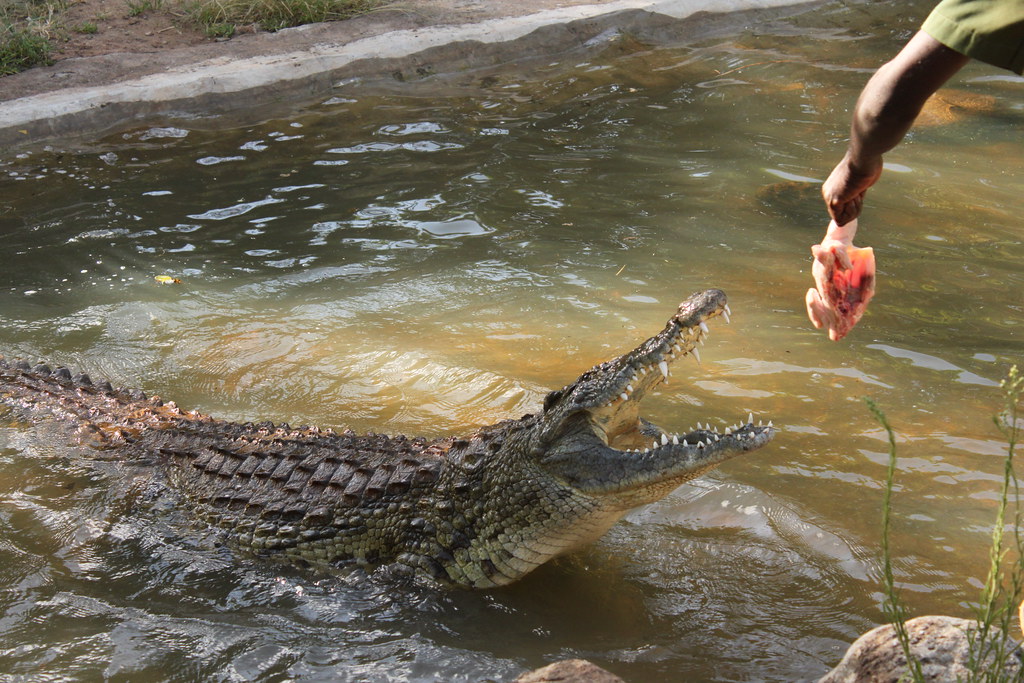
Human feeding of alligators has created a dangerous pattern of habituation that compounds the natural risks during mating season. Alligators that associate humans with food lose their natural wariness, approaching people with expectations of being fed rather than maintaining a safe distance. Wildlife officials report that over 70% of serious alligator incidents involve animals that show signs of previous human feeding. During mating season, these habituated behaviors combine with natural aggression to create particularly dangerous situations where alligators may approach humans boldly. Even alligators habituated in one location may travel to new areas during mating season, bringing these dangerous learned behaviors to populations unaccustomed to alligator presence. The combination of reduced fear, increased aggression, and territorial imperative makes previously fed alligators among the most dangerous during breeding season.
Ecological Factors Increasing Danger
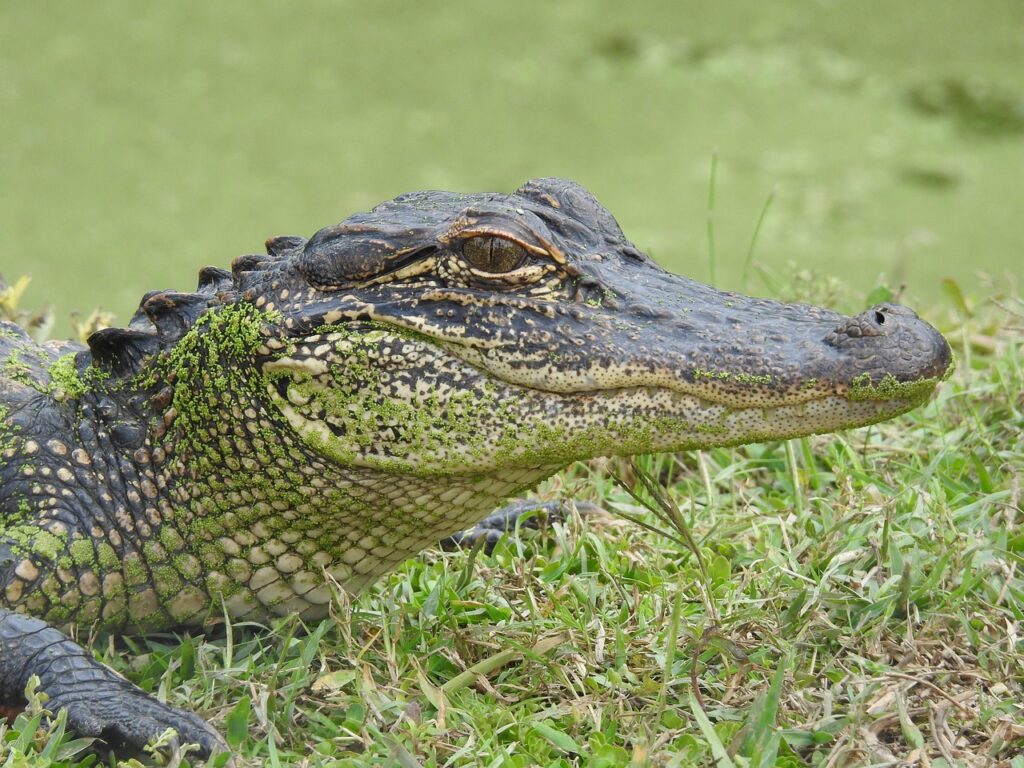
Broader ecological changes have intensified the dangers associated with alligator mating season in unexpected ways. Invasive species like Burmese pythons in the Everglades have disrupted natural food chains, reducing small mammal populations that would typically provide food sources for alligators. This food scarcity drives alligators to expand their hunting territories and consider non-traditional prey, including in areas frequented by humans. Pollution events and algal blooms have contaminated traditional alligator habitats, pushing these adaptable predators into cleaner waters that often coincide with recreational areas.
Additionally, successful conservation efforts have increased alligator populations significantly, with some southern states reporting population increases of over 80% since the 1970s. While a conservation success story, these larger populations mean more alligators entering mating season each year, mathematically increasing the potential for dangerous encounters.
Warning Signs and Safety Measures
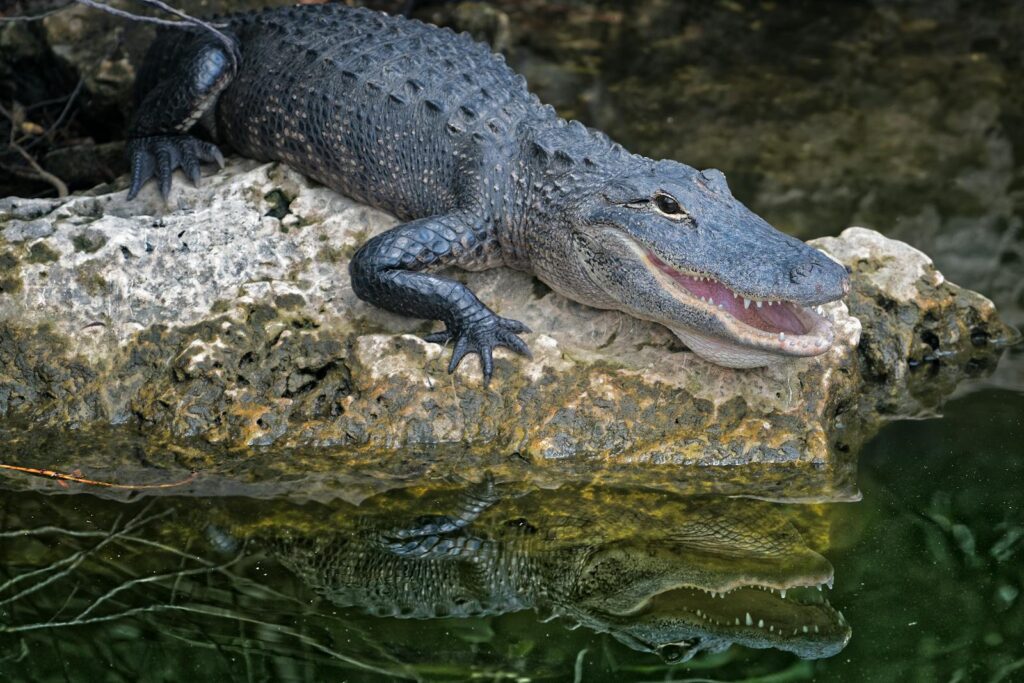
Recognizing alligator mating behavior signals has become essential knowledge for residents and visitors in alligator country during spring months. The most distinctive warning sign is the loud bellowing call of males, a sound that should trigger immediate caution in the vicinity. Water splashing or sudden thrashing, particularly at dawn or dusk, often indicates territorial displays that should not be approached. Wildlife authorities recommend maintaining at least 50 feet of distance from any visible alligator, extending that buffer to 150 feet during mating season.
Nighttime activities near water should be minimized during April through June, as alligators are primarily nocturnal hunters with excellent night vision that gives them a significant advantage in low-light conditions. Most importantly, keeping children and pets away from water edges during these months prevents the most common and dangerous alligator encounter scenarios.
The Role of Education and Awareness
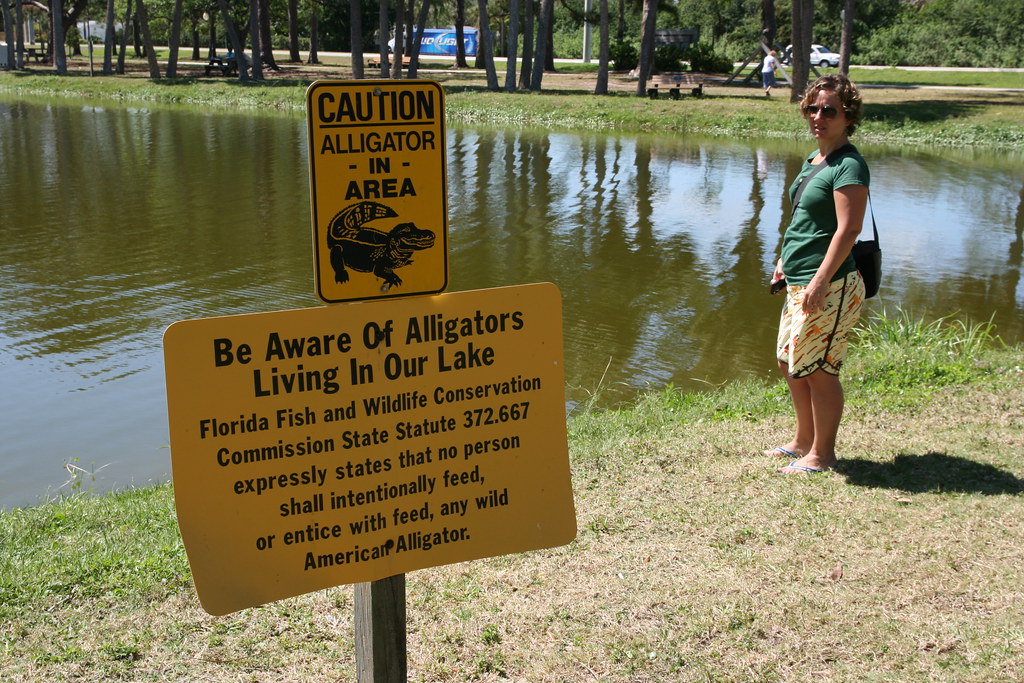
Public education campaigns have become increasingly vital as alligator encounters rise during mating seasons. Wildlife authorities in states like Florida, Louisiana, and Texas have expanded their seasonal warning systems, including digital alerts, signage in high-risk areas, and mandatory briefings at state parks during peak alligator activity periods. Research indicates that informed populations experience significantly fewer negative alligator interactions, with educated communities reporting 60% fewer incidents than areas without robust awareness programs.
Simple awareness measures, such as understanding that alligators are most active between dusk and dawn, can dramatically reduce encounter risks. Conservation officers emphasize that most alligator incidents occur not because alligators have become more aggressive, but because humans have become less informed about natural alligator behaviors and territorial boundaries as development pushes into traditional habitats.
Managing Future Risks
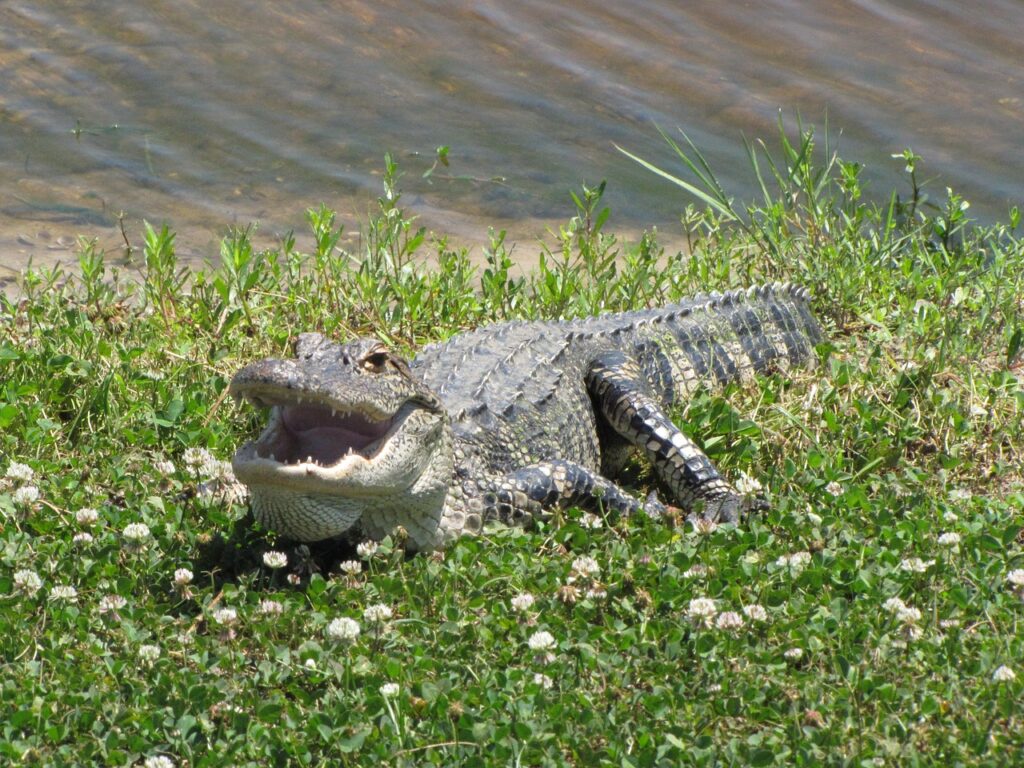
Addressing the escalating dangers of alligator mating season requires a multifaceted approach balancing human safety with conservation needs. Urban planning regulations in southeastern states increasingly incorporate alligator habitat considerations, including buffer zones between waterways and residential developments specifically designed to reduce breeding season encounters. Technological innovations like alligator tracking systems now help wildlife authorities identify and monitor particularly active breeding territories, enabling more targeted warnings for nearby communities.
Climate adaptation strategies include managed water levels in some conservation areas to provide alligators with breeding grounds away from human activity centers. Perhaps most importantly, sustainable management of wetland ecosystems that accommodate both human development and alligator populations requires ongoing research, as changing climate conditions continue to alter the behaviors that have made recent mating seasons more dangerous than ever before.
As we navigate the complex relationship between human expansion and alligator territories, one thing becomes clear: alligator mating season represents a critical window of heightened vigilance. The combination of climate change impacts, human encroachment, and natural alligator behaviors has transformed this ancient reproductive ritual into an increasingly dangerous period. Through education, respect for these powerful animals, and thoughtful ecosystem management, we can reduce risks while ensuring these remarkable prehistoric creatures continue to fulfill their vital ecological roles. Understanding why alligator mating season has become more dangerous empowers communities to coexist safely with one of nature’s most perfectly evolved predators during their most vulnerable—and most dangerous—time of year.

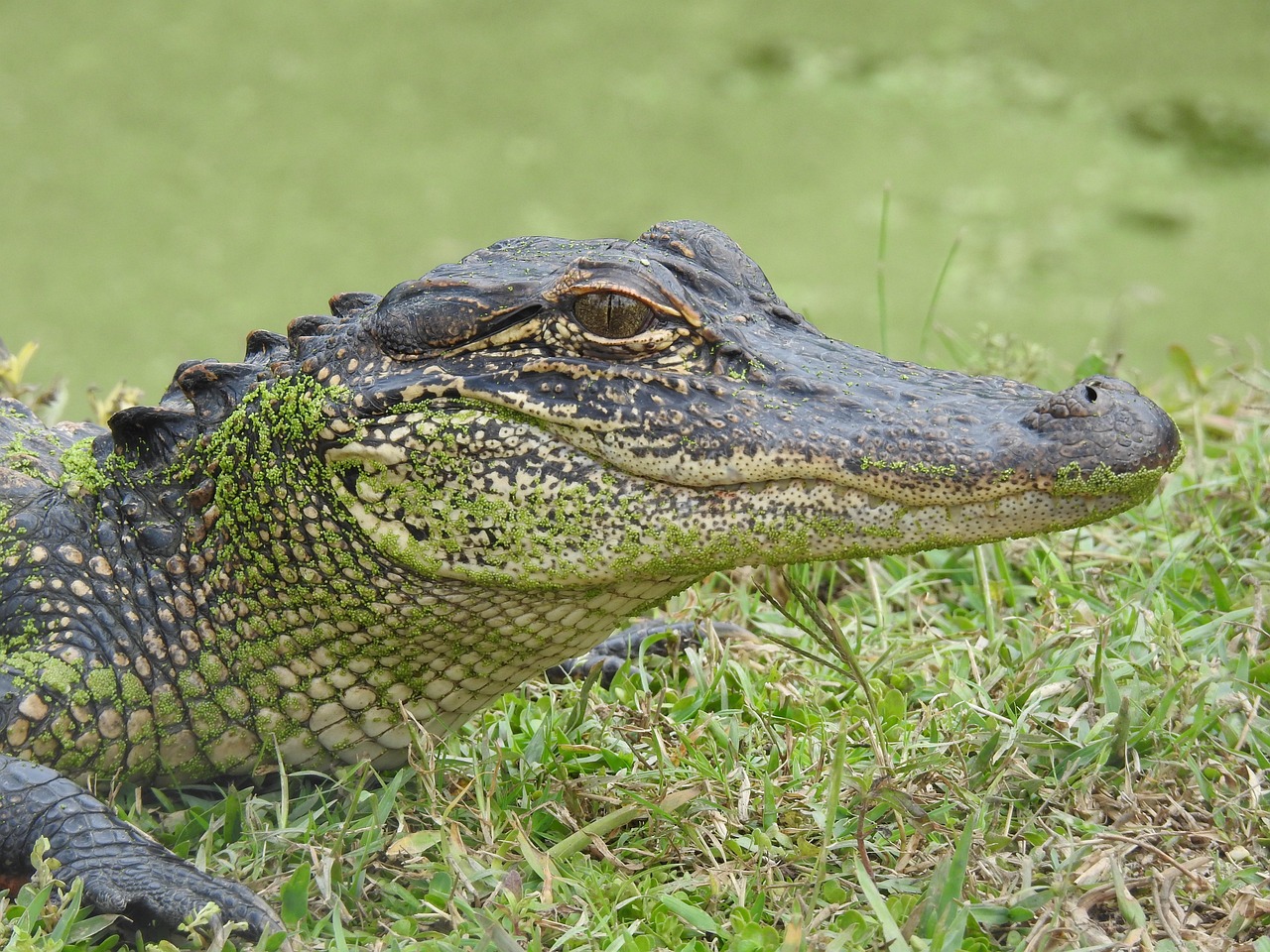

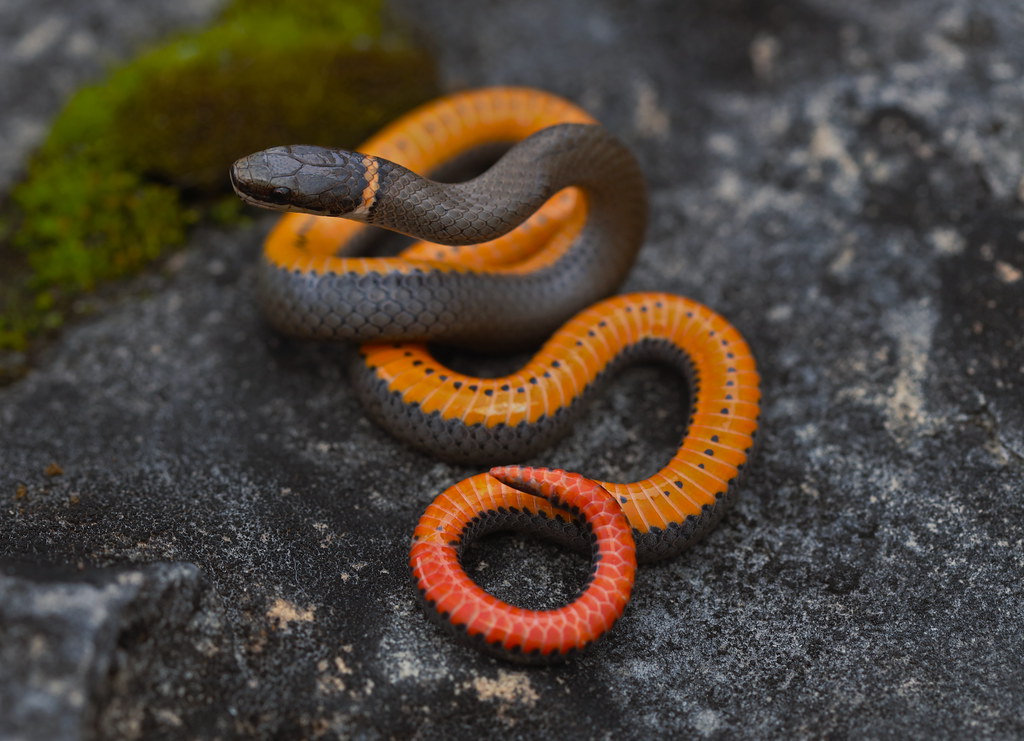
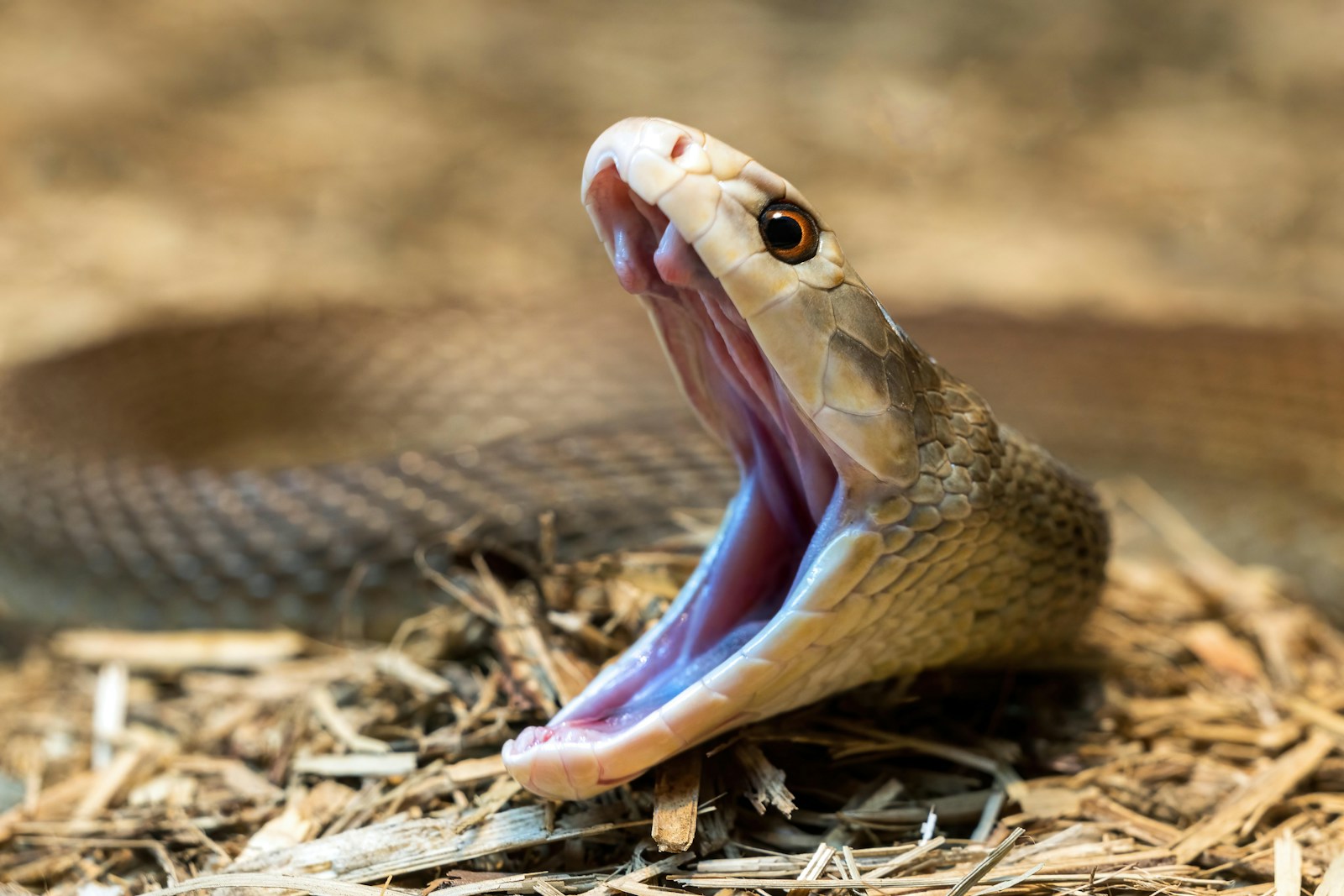
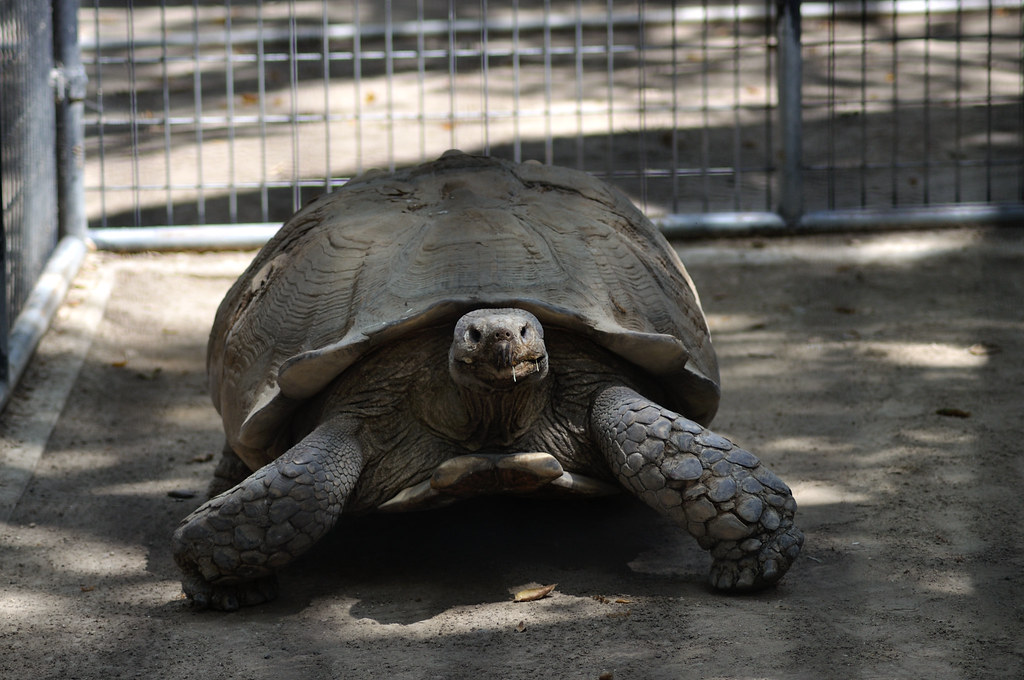
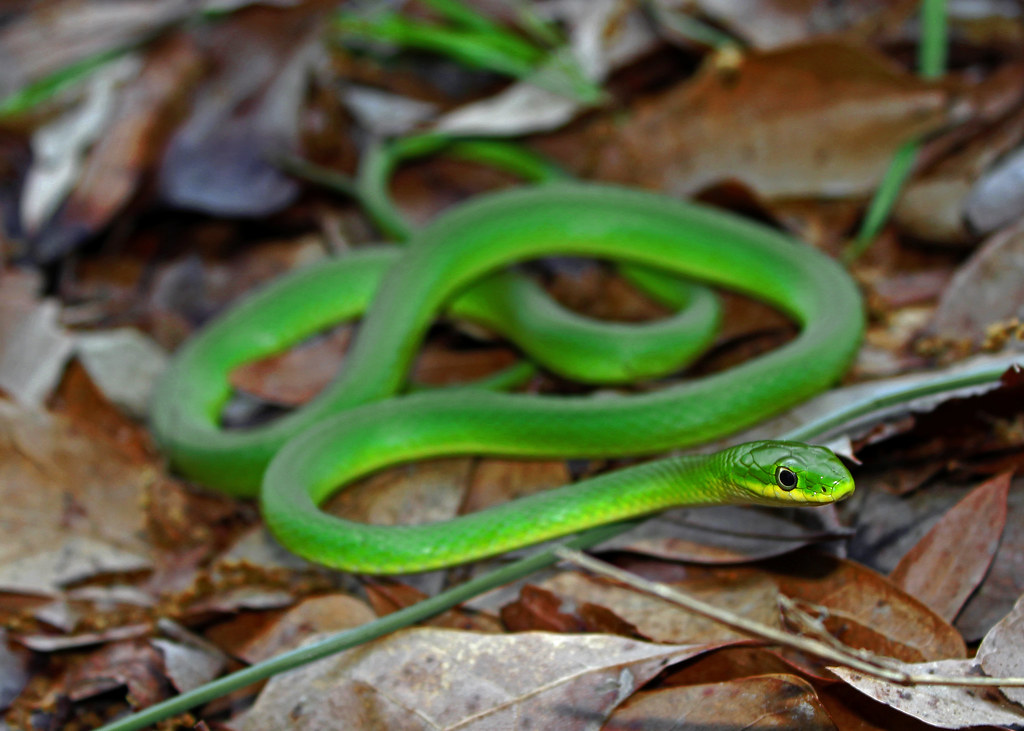
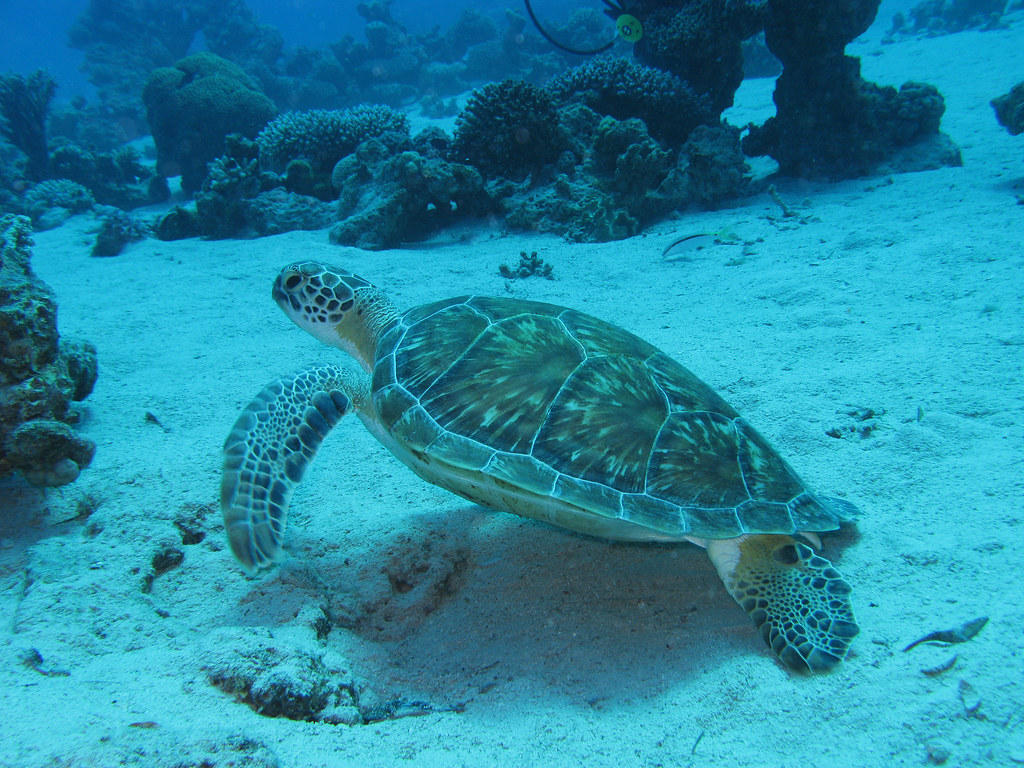
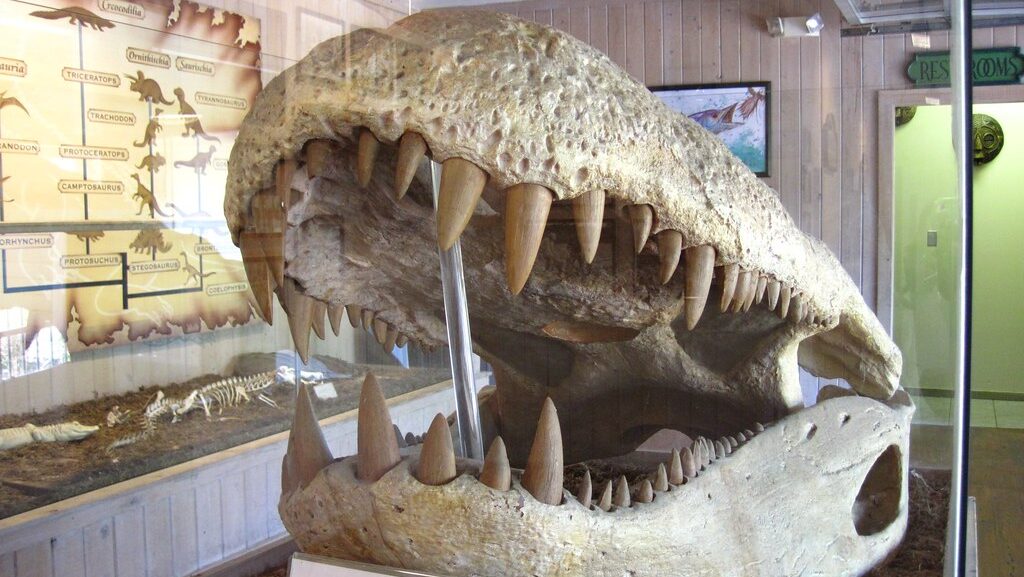
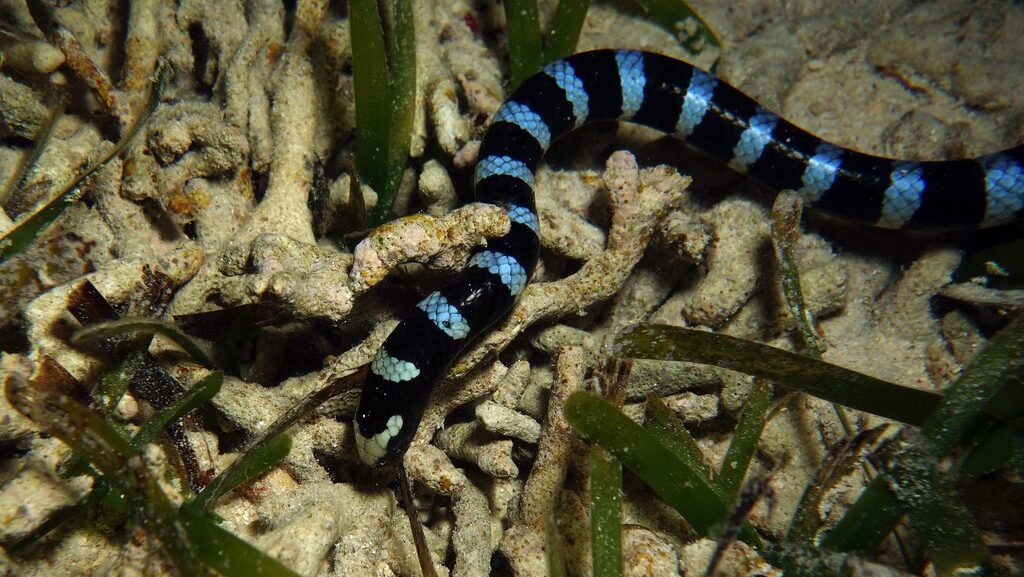
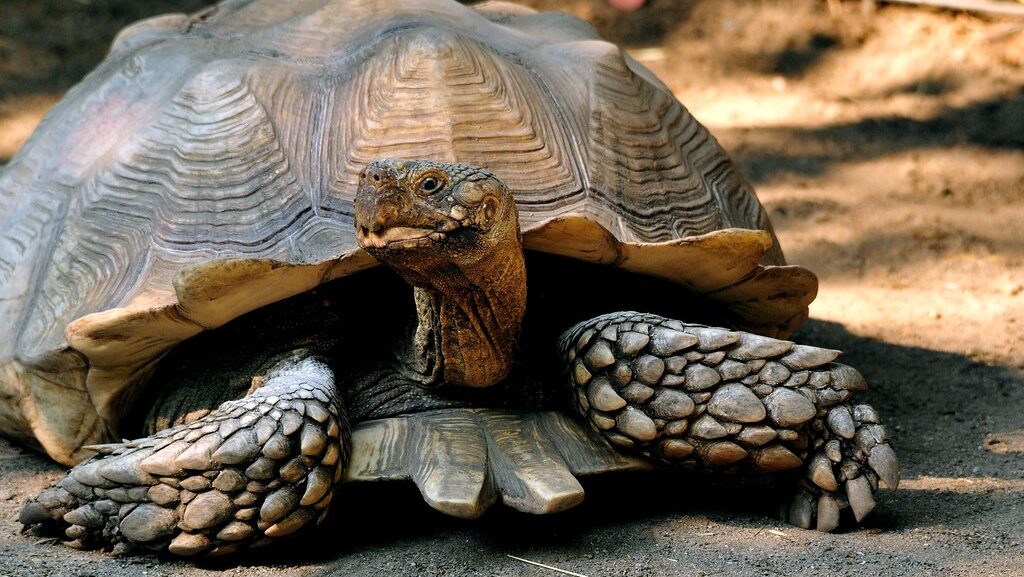
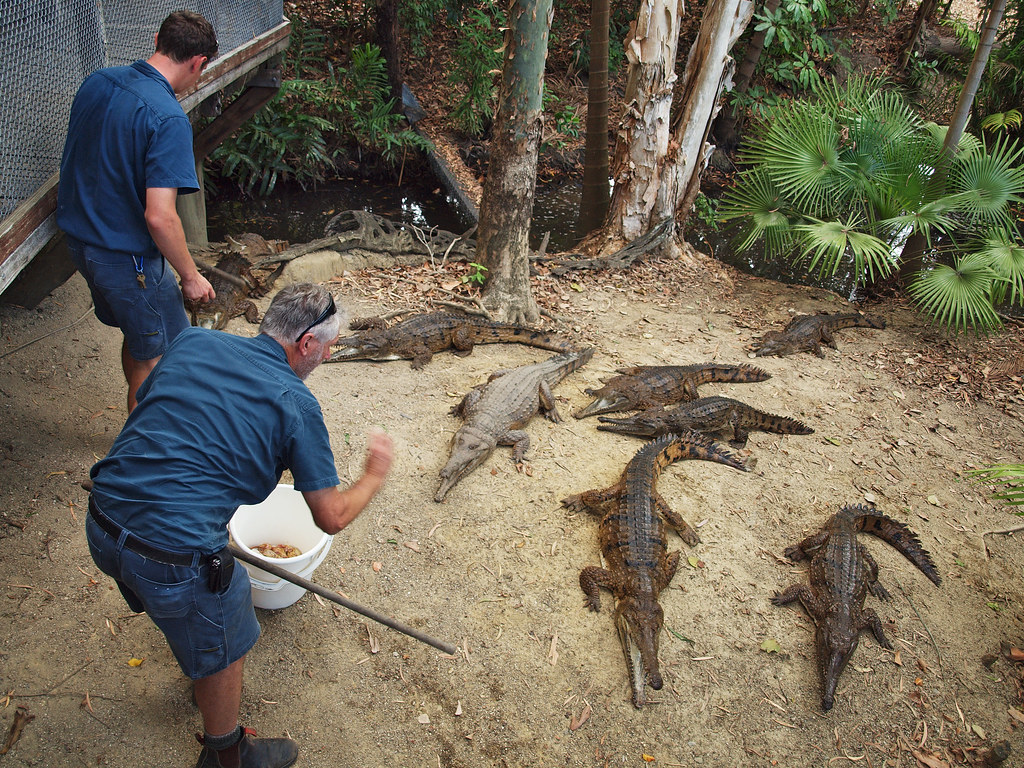



Leave a Reply